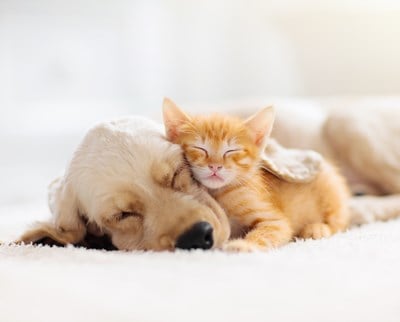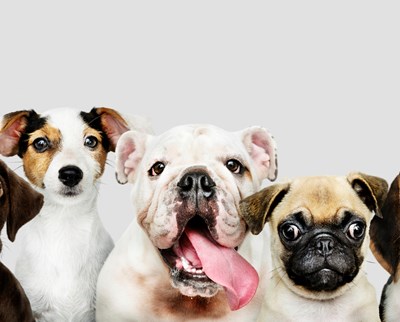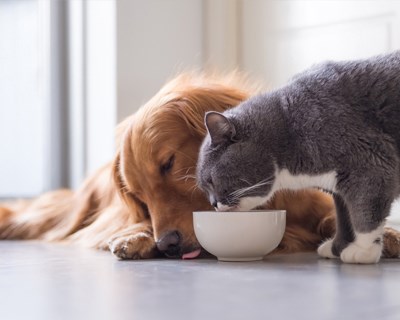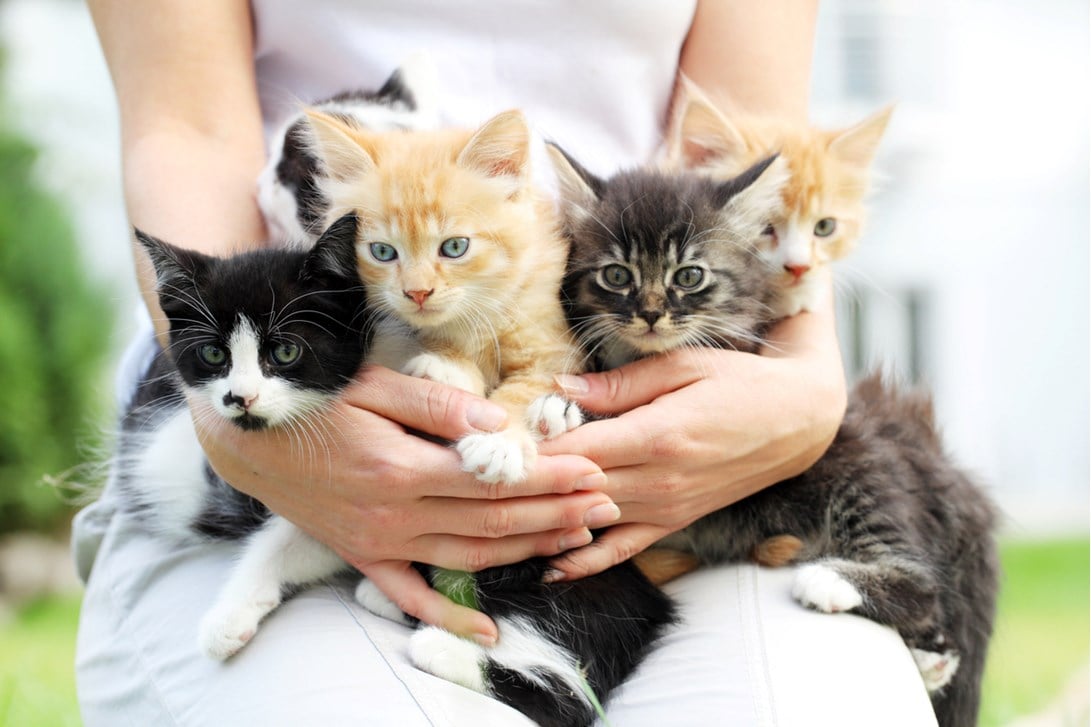
Bringing a cat into your home can be impossible to resist, even when you’re allergic to them. A common misunderstanding is that there are cats that are truly hypoallergenic.
The major allergen responsible for cat allergy symptoms is Fel d 1. Fel d 1 is a protein produced by the skin or saliva. Due to this, no cat is truly considered hypoallergenic, since all cats have skin and saliva. The cats considered safer to those with cat allergies either produce less Fel d 1 or shed less – which in turn leads to less shedding of the Fel d 1 proteins.
Although a cat may be considered hypoallergenic, this also doesn’t mean they are safe for you personally. Before taking home a cat, consider seeing an allergist to rule out all breeds you may be more sensitive to.
Cats that Shed Less
-
Sphynx
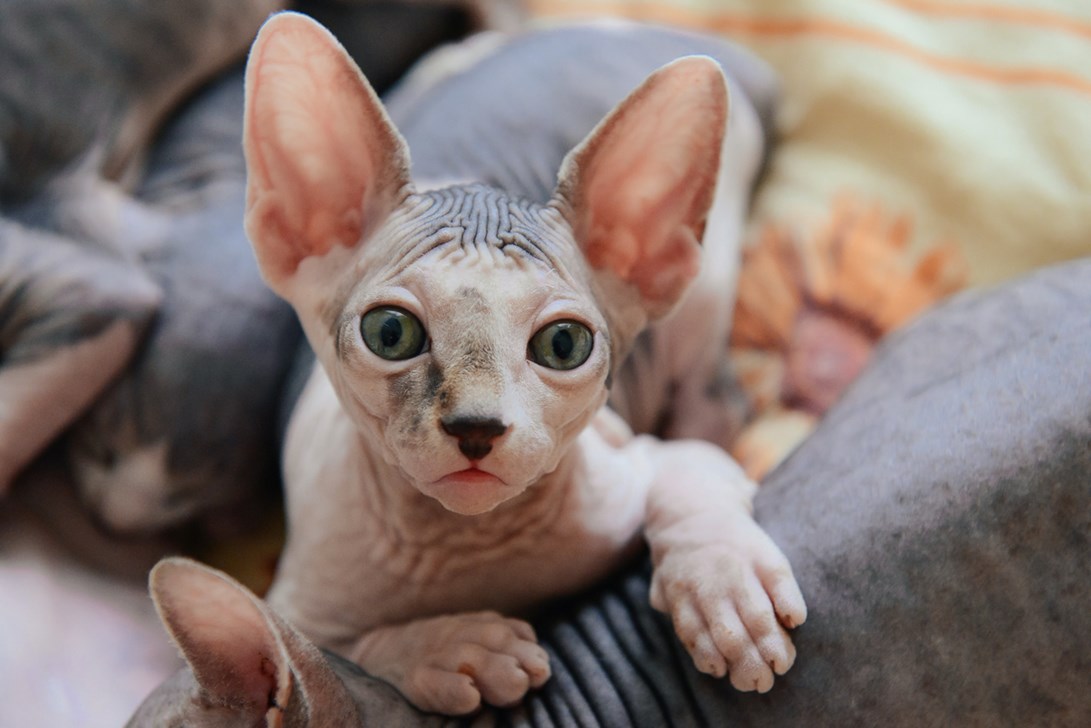
The Sphynx cat is well-known from its lack of hair. This lack of hair is what also makes them hypoallergenic. Without hair, the proteins in the saliva don’t have anything to stick to when they groom themselves. Their lack of hair leads them to need regular baths to prevent potential buildup or skin issues.
-
Cornish Rex
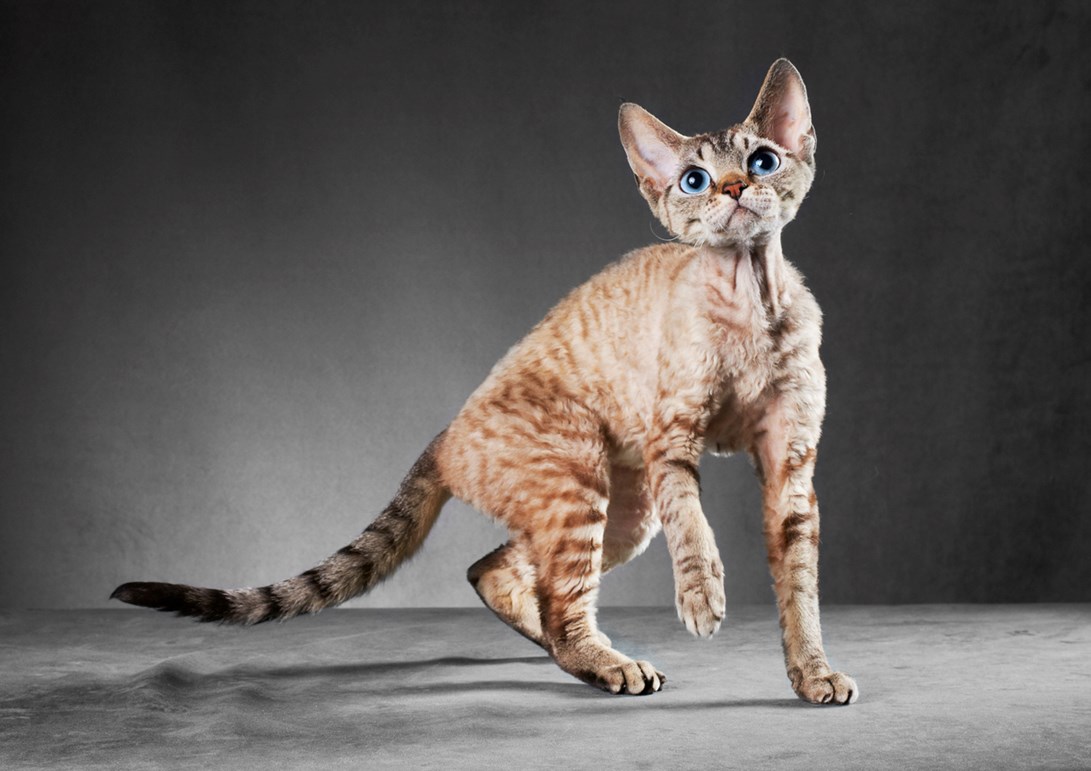
Most cat’s fur consists of three layers: a top ‘guard’ hair, a middle ‘awn’ hair and bottom ‘down’ hair. The Cornish Rex only has the bottom ‘down’ hair. Although they are still soft and have hair, they have a lot less hair than other cats who have the other two layers. With only one layer of hair, the Cornish Rex has a lot less to shed, which is good news to people with allergies.
-
Devon Rex
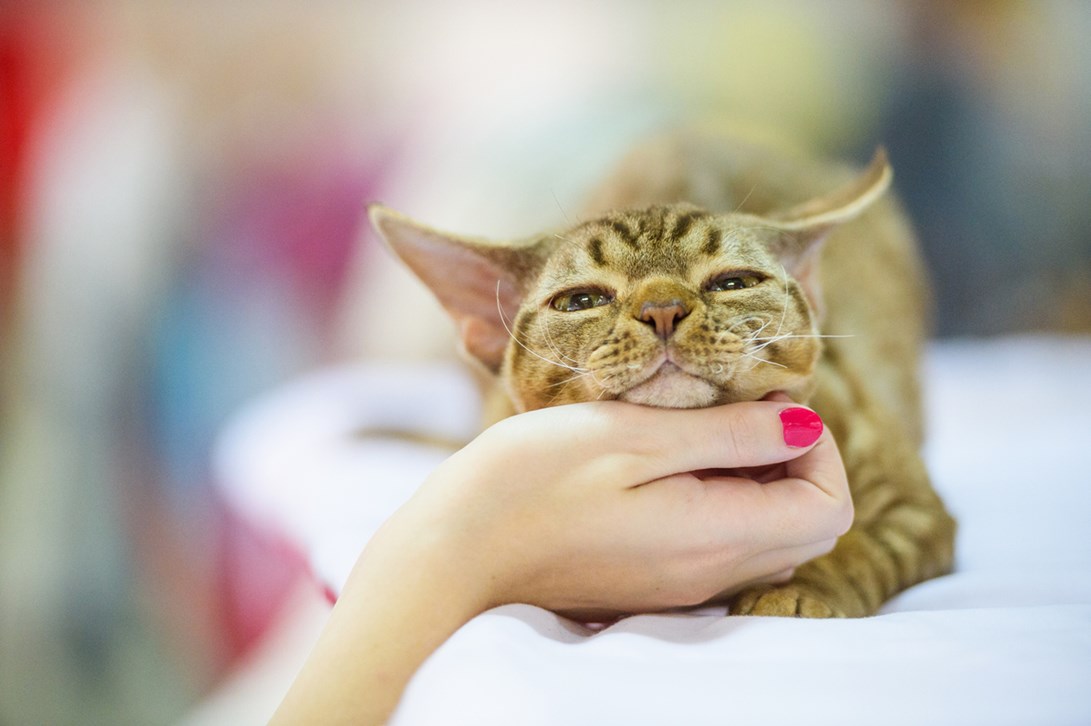
Like the Cornish Rex, the Devon Rex’s coat also only contains down hair. The difference between the Cornish Rex and Devon Rex is that the Devon Rex has even less hair which also means even less shedding.
-
Javanese
Like the Cornish Rex and Devon Rex, the Javanese cats only have one the three layers of coat. While Javanese cats are long-haired, they do not have an undercoat. The lack of an undercoat amounts to less fur and therefore less shedding.
-
Oriental Shorthair
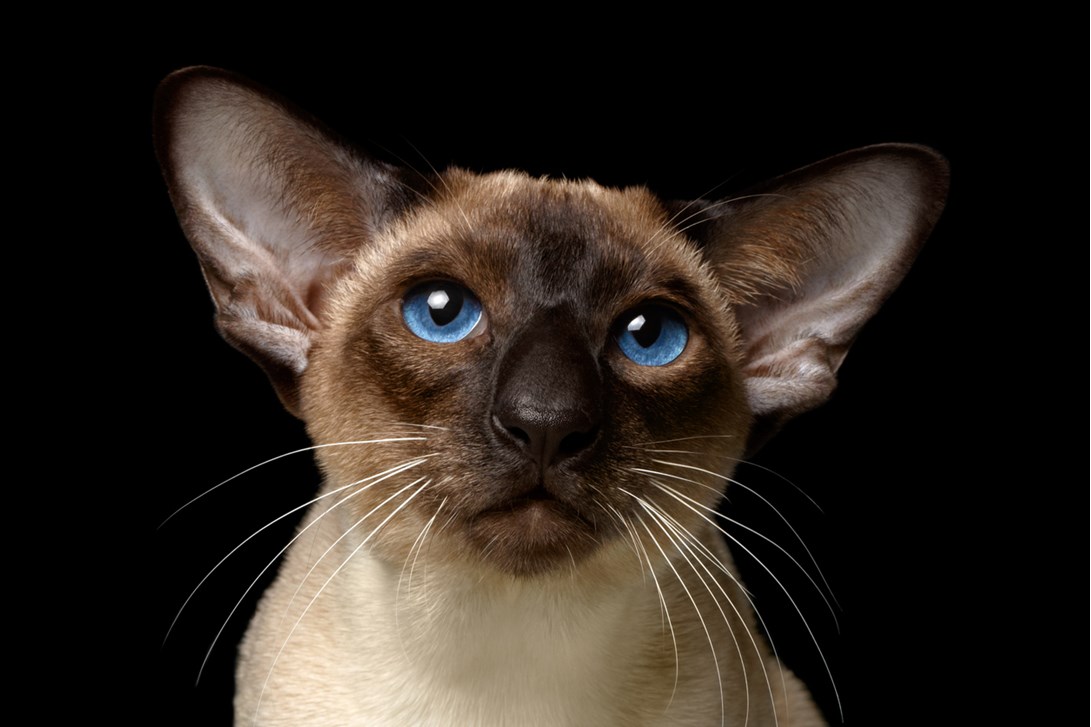
As their name implies, Oriental Shorthair cats are short haired. Oriental breeds of cats can be shorthaired or longhaired, depending on the mix of the specific cat. The Oriental Shorthaired is the specific variation better for those with allergies.
-
Siamese
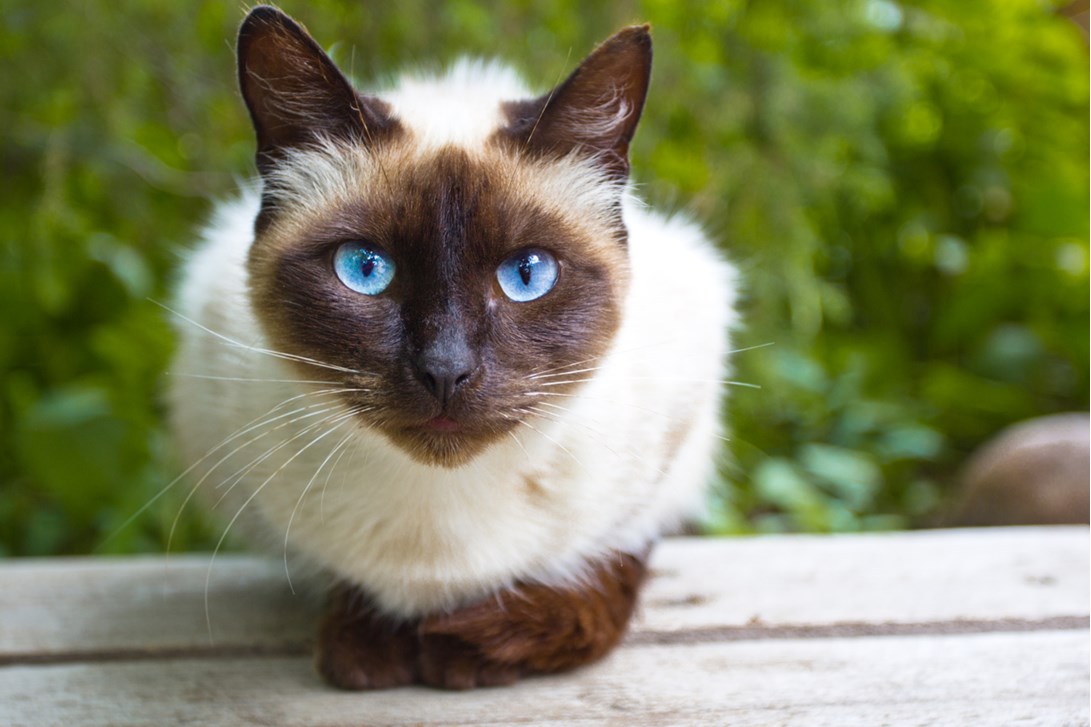
Siamese cats shed much less than other cat breeds. They are also short haired. The combination of these two attributes is what makes them a good addition to any home with cat allergies.
-
Colorprint Shorthair
The Colorprint Shorthair breed is a cross of the Siamese with the American Shorthair breed. The Siamese portion within this breed leads them to shed much less than other cats. In addition to being hypoallergenic, they require little grooming.
Cats that Produce Less Fel d 1
-
Siberian
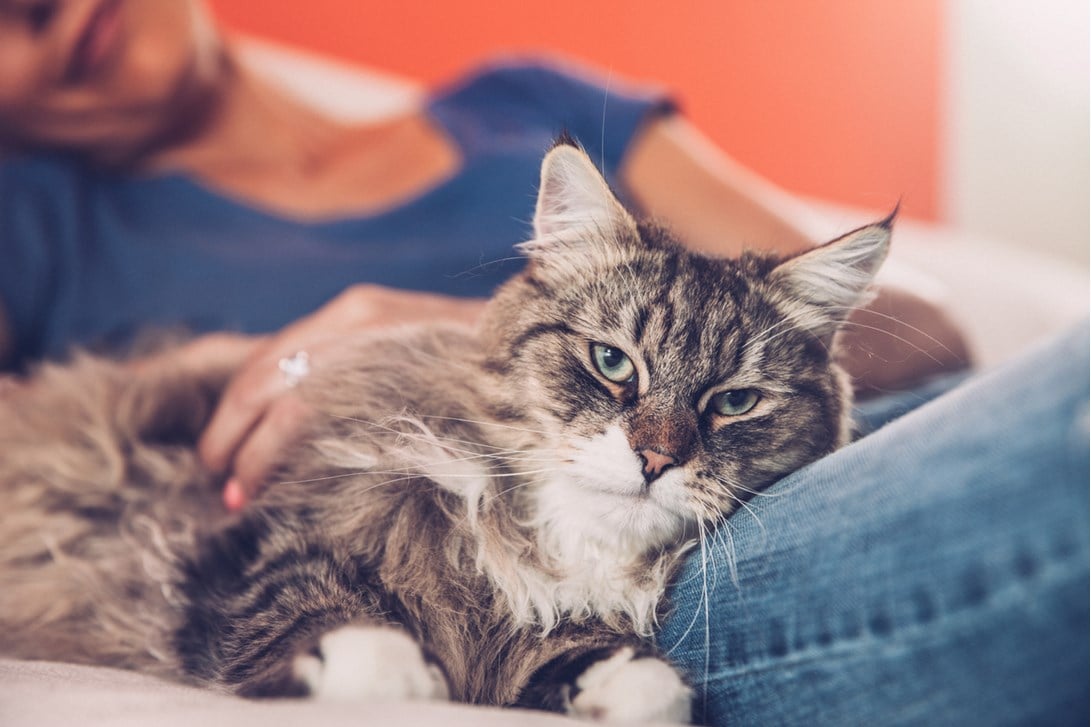
The Siberian may not seem like the best fit for those allergic to cats due to its long coat. However, Siberian cats produce less Fel d 1 protein and dander than other cat breeds, making them safer for allergy sufferers. This breed is a medium to large size and stays relatively tangle-free, requiring only occasional brushing.
-
Russian Blue
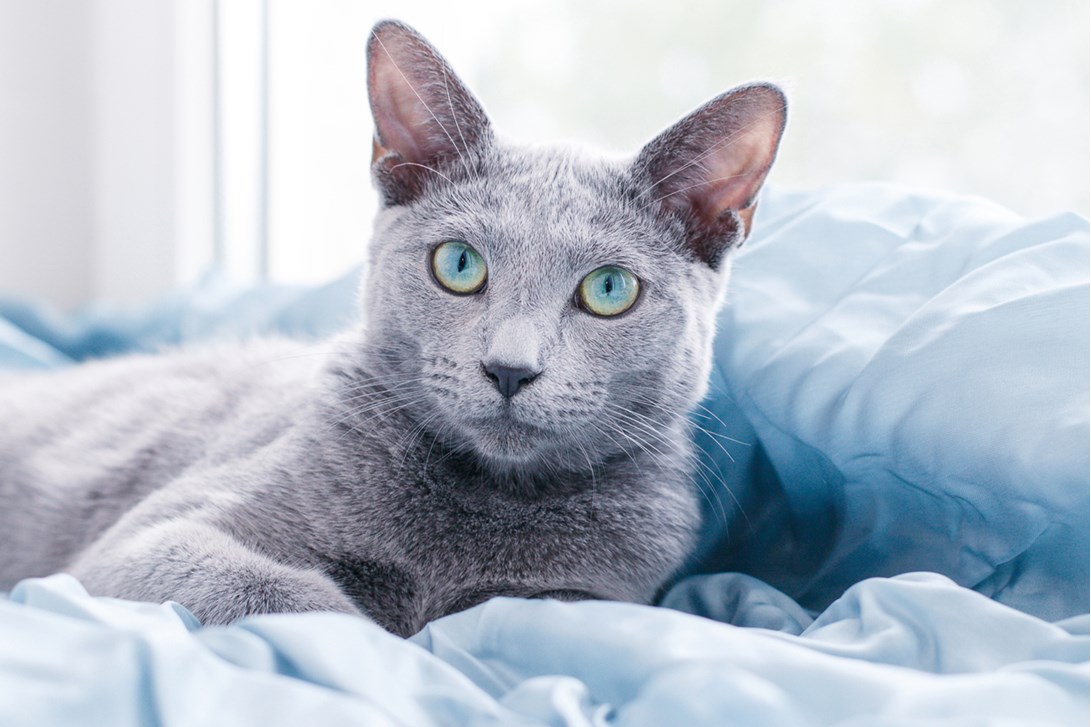
Russian Blues have short haired fur and are known for their blue coat with silver tips of hair. They produce less Fel d 1, which in turn will cause less allergy symptoms.
-
Balinese
Balinese are long-haired cats without a down undercoat. They are a medium sized cat with a long body and their hair is often described as silky. Their hypoallergenic feature includes producing less Fel d 1.
-
Bengal
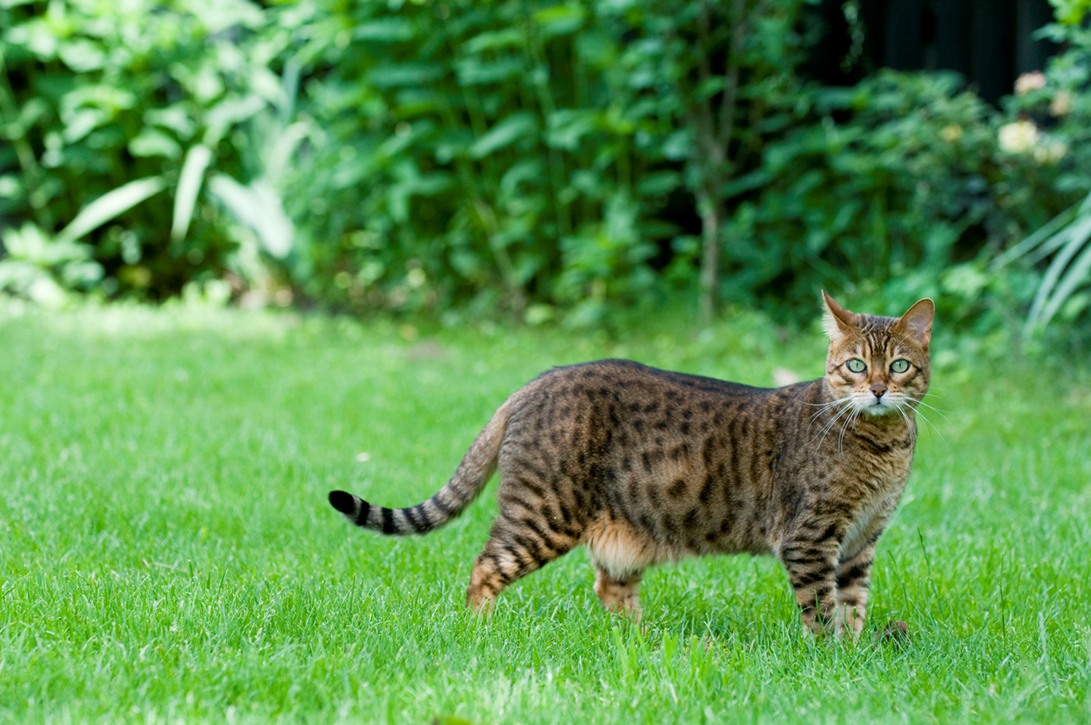
Many claim that Begnal cats have hypoallergenic properties, although this has never been proven. The Bengal cats’ coat is short and pellet-like. This breed has lower maintenance fur and therefore tends to groom themselves less. By grooming themselves less they trap less Fel d 1 on their fur.
